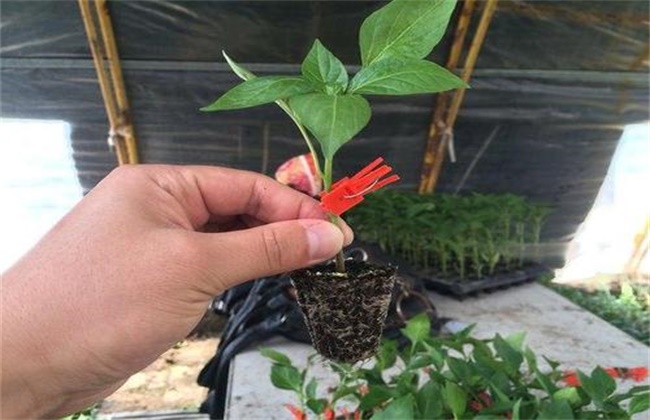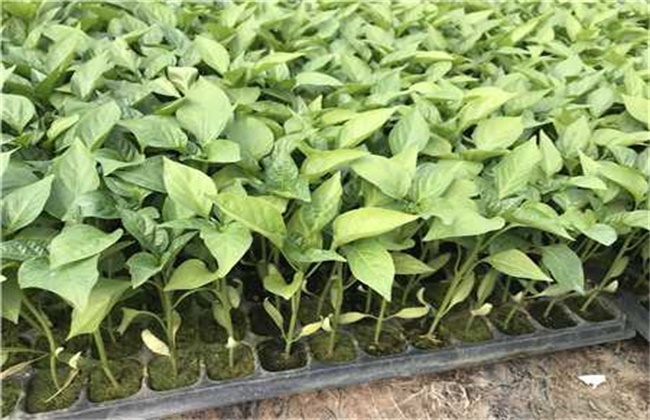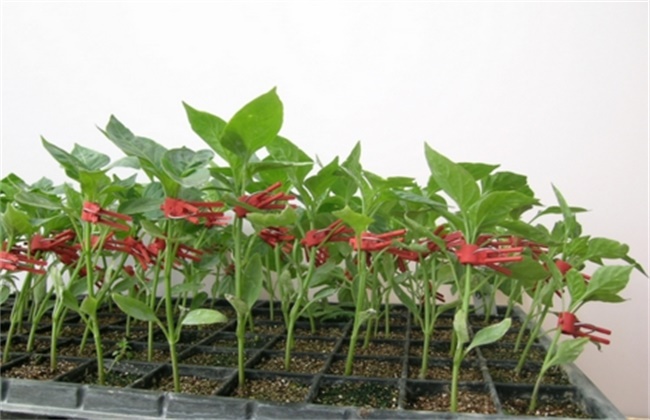How to manage chili after grafting
Pepper is a kind of vegetable that many people like to eat very much, and it is planted all over our country. In the past, when planting chili peppers, most of the fattening methods were based on sowing and raising seedlings. Now, with the growing maturity of planting technology, grafting has become the main method of raising pepper seedlings. After the grafting of hot pepper, its management is very important. So how to manage it after the pepper is grafted? The following editor will give you a brief introduction, let's have a look!

1. Temperature management
After the grafting and planting of hot pepper, the first thing we should do well is temperature management. If it is cultivated in a protected area, then after planting, the temperature should be kept in the range of 20-24 degrees, and the lowest temperature at night should not be lower than 15 degrees, which is very disadvantageous to the growth of hot pepper. So if the external temperature is lower than 10 degrees, then it is necessary to cover the grass to do a good job of heat preservation in time. And if it is autumn extension cultivation, then we should pay attention to do a good job of cooling. However, in the later stage of its growth, we should still pay attention to heat preservation to ensure that the temperature in the protected area is not less than 5 degrees.
2. Fertilizer and water management
After pepper grafted seedlings, water and fertilizer management is also very important. After planting, we should water it on a sunny day. Before the plant sits firmly, it is necessary to control the amount of water and promote the seedlings to squat. Then, when entering the staring period of pepper, watering and fertilization should be combined. Usually, ordinary water is used to flush fertilizer per mu, and the amount of fertilizer is kept around 20kg. When watering, the soil should be dry and wet, and the amount of topdressing should not be too much, based on the principle of a small number of times. Then, according to the growth of grafted seedlings and soil conditions, the type and amount of fertilizer were reasonably selected.
3. Plant adjustment
Plant adjustment is to prune the grafted chili. When the grafted seedlings grow to a certain extent, all the lateral branches growing below the door pepper should be cut off. If the growth of the plant is weak, then the door pepper should be removed at the same time to enhance the growth of the pepper. Then make a high-yield rack, and then as the pepper continues to grow, the resulting part of the upward move. We should also pay attention to removing the old and weak leaves, yellow leaves, etc., and bring them and branches out of the countryside, so as to avoid diseases and insect pests and create a good growth environment for pepper grafted seedlings.
4. Pest control
Because chili peppers are grafted, they generally do not produce soil-borne diseases. However, we do not rule out the occurrence of other diseases and insect pests, and we should pay attention to the prevention and control of diseases and insect pests such as virus diseases, soft rot, aphids and whitefly. Mainly focus on prevention, strengthen management, control fertilizer and water, and maintain a pollution-free environment. Then we should often check the growth of grafted seedlings, when there is an abnormal situation, we should find out the cause in time, and then use the medicine for the disease. For example, virus diseases can be controlled by morpholine guanidine hydrochloride or copper acetate wettable powder, and if they are pests such as aphids and whitefly, they can be sprayed with avermectin EC.
The above is a brief introduction to how to manage chili after grafting. That's all for today's introduction. This article is for reference only. I hope it can help you all.
Related
- Where is it suitable to grow horseradish in China? it is expected to see the middle altitude horseradish in Alishan.
- How to prevent tomato virus disease reasonably? (Control methods included)
- Many people like to plant towel gourd on the balcony. What are the main points of this method and management?
- What crops can chili peppers be mixed with?
- Fertilization techniques and matters needing attention in Tomato
- What are the grafting techniques for peach seedlings in spring?
- Harm and control methods of root swelling disease of Chinese cabbage
- What are the pests of sweet potatoes? How to prevent and cure it?
- Symptoms, causes and Control methods of navel Rot in Tomato
- The cause of "Cucumber rotten bibcock" in Farmers' planting Cucumber and its Control Plan



